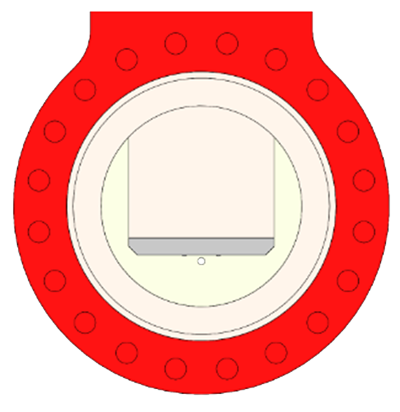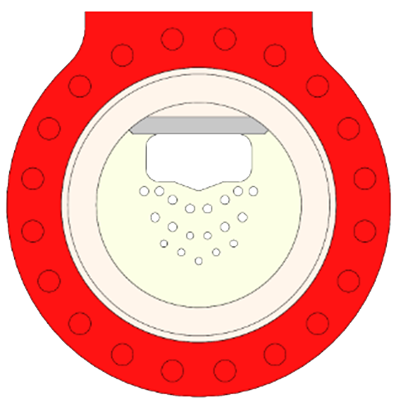The Challenge
A Special Alloy Fabricators client reached out to our team to find a solution for their wellpads. Each multi-well pad hosted 10 wells, each fitted with an 2500# surface choke valve. These valves were facing extreme conditions, such as high-velocity flow often exceeding 60 feet per second and the constant abrasion of sand-laden gas. They were wearing out within just a few weeks, creating serious challenges related to maintenance costs, safety, and downtime.

To combat rapid choke valve erosion, operators often turn to a common workaround: installing a fixed orifice plate at the downstream end of the wellpad header to induce backpressure. By increasing line pressure, flow velocity through the choke valves is reduced, which can extend valve life considerably.
However, this approach comes with a tradeoff. As sand production decreases during flowback, the fixed orifice plate continues to restrict flow, reducing overall throughput and limiting production capacity. The ideal solution is a smarter, more adaptive system that provides backpressure when needed and opens fully to maximize flow when conditions allow.
However, this approach comes with a tradeoff. As sand production decreases during flowback, the fixed orifice plate continues to restrict flow, reducing overall throughput and limiting production capacity. The ideal solution is a smarter, more adaptive system that provides backpressure when needed and opens fully to maximize flow when conditions allow.









